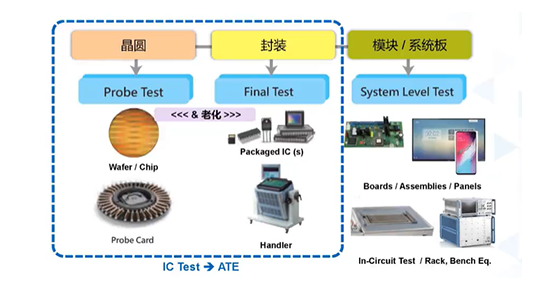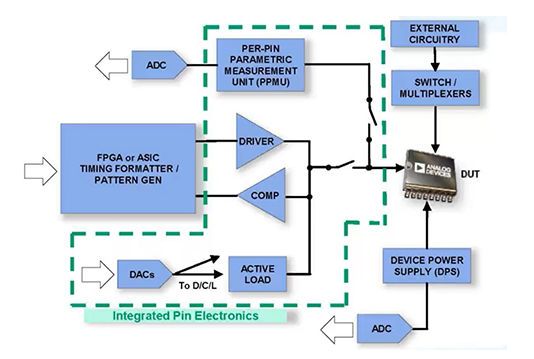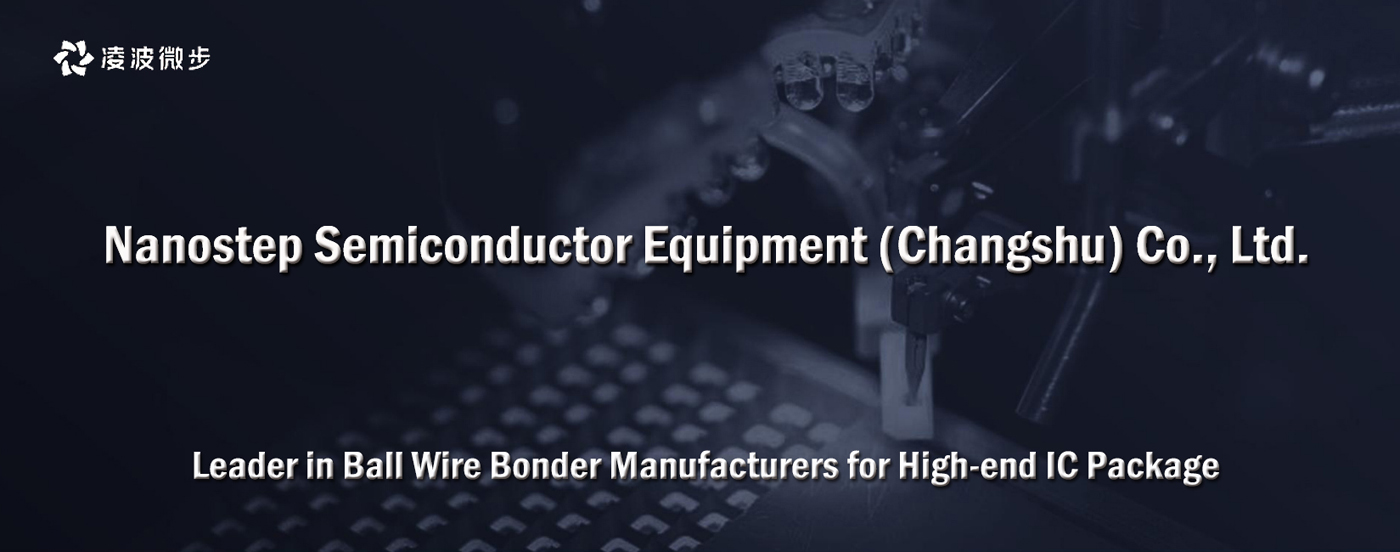According to the IC Insights semiconductor industry report, it is expected that global semiconductor sales will increase by another 11% in 2022, reaching a new record of $680.6 billion. The continuous prosperity of the semiconductor industry has driven rapid growth in the upstream semiconductor automatic testing equipment (ATE) market, with the industry expected to reach $7.2 billion by 2028. As a key link in the semiconductor industry, ATE runs through the entire process of semiconductor design, manufacturing, and packaging, and is crucial for monitoring product yield and judging product quality.
According to the application division of semiconductor testing systems, the main sub areas of ATE applications are memory, SoC, analog, digital, discrete devices, and RF testing. ATE usually requires the completion of chip functional testing, DC parameter testing, and AC functional testing. Its principle is to apply input signals to the chip, collect the output signal of the tested chip, and compare it with the expected value to determine the effectiveness of the chip's function and performance under different working conditions, ensuring that the product meets customer design, manufacturing requirements, and market demand in the corresponding chip manufacturing.

SoCThe operator installs the load plate onto the tester to test the digital SoC
Building a mainstream product matrix for semiconductor automation testing using three major categories of equipment
The ATE devices we usually see include advanced integrated pin electronic devices (PE, also known as pin drivers), device power supplies (DPS), and parameter measurement units (PMUs) and other products. Among them, PE is used to generate signals that excite the test object, in order to obtain feedback from the test object. Therefore, PE chips are required to have higher accuracy, typically operating at frequencies ranging from 10MHz to several GHz.

ATE system covering the semiconductor manufacturing industry chain
For PE equipment applications, the widely used solution in the industry is to use Adino Semiconductor (ADI) pin electronic drivers ADATE318 and ADATE320, with data rates ranging from 600MHz to 1.6GHz. Among them, ADATE318 is more suitable for analog testing design, low-speed memory, mixed signal testing, etc., while ADATE320 has a higher data rate and is more suitable for testing high-speed chips. ADATE334 is a complete dual channel automatic testing equipment solution for the measurement needs of faster chips, used to perform pin electronic functions of drivers, comparators, active loads (DCL), and four quadrant single pin parameter measurement units (PPMU). The dedicated 16 bit DAC integrated with on-chip calibration registers can provide all the DC levels required for device operation.
In the future, PE chips will continue to develop in two directions, namely at higher rates, with planned product research and development at 8GHz and 10GHz, as well as more channel density integrated products with six and eight channels. To meet the requirements of more testing channels for each testing machine, integration is also crucial for the solution requirements. For example, integrated pin electronics provide critical testing application solutions in a single package, including digital drive and comparison functions, active loads, and parameter measurement units per pin, which are controlled through level setting DACs.

Basic Block Diagram of the Signal Chain for ATE Digital Measurement




